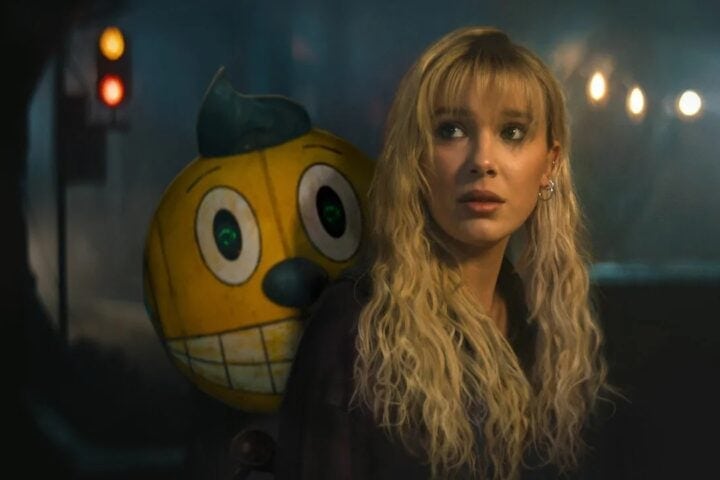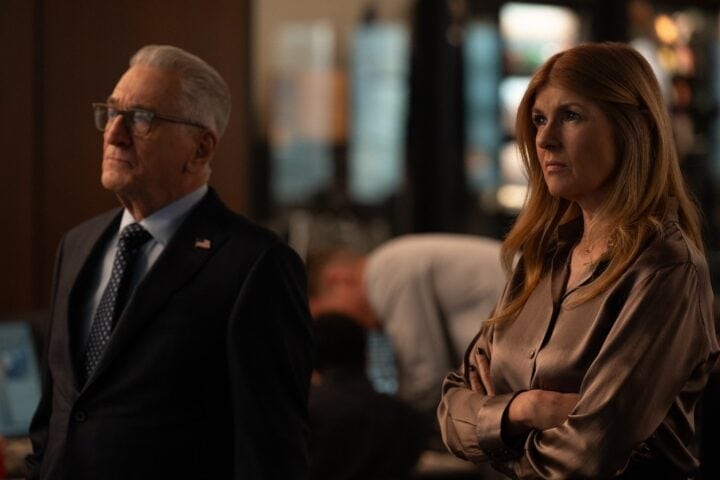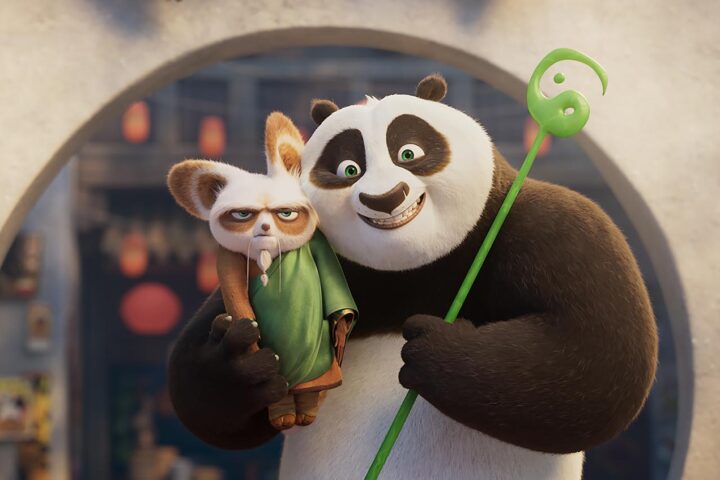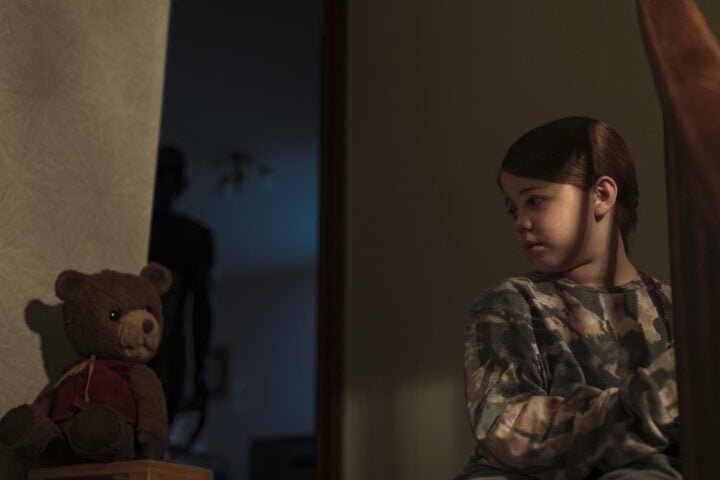In our age of sprawling, ostentatious multi-film sagas about threats to imperial rule, Damsel’s mere existence as a completely standalone fantasy film almost feels like a blessing. Even better, the film is a welcome twist on the traditional princess narrative simply for giving its protagonist her agency without saddling her with too many archetypes.
Juan Carlos Fresnadillo’s film, written by Dan Mazeau, still treads through familiar fantasy terrain for its first 20 minutes, during which we meet Elodie (Millie Bobby Brown), a peasant girl whose father (Ray Winstone) and stepmother (Angela Bassett) have accepted an offer from a neighboring kingdom to marry her off to a handsome prince (Nick Robinson) in exchange for riches. The marriage goes off without a hitch. Elodie even has chemistry with the prince. But then the other shoe drops, and it becomes clear that the match is part of a grim ritual that’s conducted every few years by the kingdom’s elite that sees three girls of royal blood foisted into a pit as sacrifices to a fire-breathing dragon (voiced by Shoreh Aghdashloo).
Once the setup leaves Elodie broken at the bottom of the pit, though, Damsel shifts gears into pure horror, suggesting a dark fantasy riff on Neil Marshall’s The Descent. There’s just enough gentle magic and fantasy in the mix to remind us that we’re still in a fairy-tale realm, but the film is never afraid to keep Elodie in rather serious peril throughout her foreboding climb through jagged stalactites and corpse-riddled dungeons. Her first encounter with the dragon starts as a dialogue of wills, a la the riddling talk between Bilbo and Smaug in J.R.R. Tolkien’s The Hobbit, and ends abruptly with Elodie nearly getting her leg melted off the bone.
The main issue is one of pacing and consistency. The place-setting at the start is uninspiring, and a waste of the talents of the film’s older marquee stars, aside from the tiny subversive joy of Princess Buttercup herself, Robin Wright, playing an evil queen. Damsel has a habit of breaking the spell of tension whenever Elodie speaks her thoughts out loud, or whenever it awkwardly cuts back to the kingdom for a breather. Just as quickly, though, the film course corrects, often with the raising of stakes, or putting some additional cannon fodder in the dragon’s path.
Damsel lives and dies on Brown and Aghdashloo’s performances. While Brown is saddled with obvious dialogue, and Elodie’s evolution toward the end of the film is a bit too measured for the blood-soaked final girl that she’s meant to embody, the reality of her situation, and the ever-growing anger behind her will to survive, is evident in Brown’s physical performance.
Aghdashloo, though, is the film’s MVP. A beautifully realized steel-scaled predator prone to playing with her food, whose bravado gives way to baleful ferocity and spite, Damsel’s dragon is a sight and sound to behold on par with Benedict Cumberbatch’s Smaug from The Hobbit: The Desolation of Smaug and Sean Connery’s Draco from Dragonheart. Every good fairy tale needs its great villain, and Elodie’s version of happily ever after is all the more earned and righteous with Aghdashloo’s performance giving a beating, blackened heart to her antagonist.
Since 2001, we've brought you uncompromising, candid takes on the world of film, music, television, video games, theater, and more. Independently owned and operated publications like Slant have been hit hard in recent years, but we’re committed to keeping our content free and accessible—meaning no paywalls or fees.
If you like what we do, please consider subscribing to our Patreon or making a donation.





